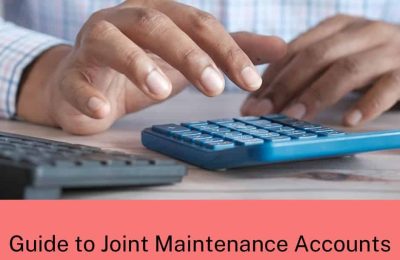Are you currently getting the most out of your mortgage? Chances are, there’s a product out there that suits your current needs and circumstances better, which is why we always recommend reviewing your current lending regularly and consider remortgaging at regular intervals.
In this article, we’ll go over why you should regularly scour the market for the best mortgage deals as well as reasons why sometimes staying with your current mortgage provider is the better option so that no matter what, your mortgage supports you in your journey to financial freedom.
Why you should consider remortgaging
The biggest reason you should investigate remortgaging regularly is that you could save hundreds (even thousands) of pounds in the process. There are new mortgage products coming out on the market all the time and by sticking with the same mortgage product without regularly checking what else is out there, you could be missing out on considerable savings and better repayment terms.
Apart from better interest rates, you could also benefit from switching because after having paid off some of your current mortgage, you could get a new one with a lower loan to value ratio. This means you could opt for lower monthly payments or stick to the same monthly payment, shortening your overall mortgage term.
The former option might be right for you if your financial circumstances have changed – if your income has fallen or if your family has grown. Meanwhile, keeping your monthly mortgage payments the same could be the ideal option for property investors looking to expand their property portfolio and homeowners who want to save up to invest in another property.
Additionally, if your property has risen in value during the time you’ve been with your current mortgage provider, remortgaging could help you secure a better interest rate – a mortgage broker can help you find the most competitive rate out there, making them a highly useful resource when the time comes.
When is the best time to look into remortgaging?
The rule of thumb is that you should start shopping for a new mortgage deal at least three months before the end of your existing mortgage deal or before your interest rate changes – but ideally, this should start 5-6 months in advance. This allows for time to set up your new mortgage and some weeks to sit with your new mortgage firmly offered and ready to switch onto well in advance.
Don’t worry too much about the rates changing between finding a new mortgage product and the end of that three-month period, as lenders are often happy to secure a rate for you a few months before you’re due to start paying them.
If you’re not tied to a deal with early repayment or high exit fees, you could even make this shopping around for a better deal an annual thing. Set a reminder on your phone now to start shopping around for a new deal when your current deal changes. However, the easiest option is to work with a knowledgeable, whole-of-market independent mortgage broker who will remind you well in advance and do the shopping around for you.
Weighing up the pros and cons of remortgaging
It’s important to keep in mind that even though we recommend regularly looking into the possibility of remortgaging, this doesn’t mean you should always make the switch. Once you and your mortgage broker have found a deal you like the look of, it’s time to carefully consider the pros and cons of switching.
This includes the fees associated with changing your mortgage: potential early repayment and exit charges associated with your current deal as well as fees for valuation, booking and legalities that your new lender may require. Consider the total cost of these against the savings that switching mortgages would offer to figure out whether it’s the best move financially. A mortgage broker can help you do this with greater accuracy.
To qualify for a new mortgage product, you’ll also need to provide a whole host of reassurances that you’re able to pay your mortgage back to the lender. This can be tough if, for example, you’ve recently switched to freelance or contract work. For interest-only mortgages, you’ll need to provide your repayment plan proof that you’re on the track to paying off your existing mortgage accordingly – otherwise, you could struggle to find a new interest-only mortgage to take its place.
Remortgaging for buy-to-let property investors
When it comes to property investors, lenders will carefully consider your rental income and experience as a landlord when deciding whether or not they’ll offer you a mortgage. Typically, the more experience you have as a landlord, the less of a risk you’re seen as by lenders. This is not to say that you can’t secure a competitive interest rate with very little or no landlord experience – especially if you work with a mortgage broker who can offer you a more comprehensive view of the lending market.
While in the past, it was typically enough for your property to attract a projected rental income that was 125% of your monthly interest and mortgage repayment costs, this figure is now usually closer to 145-160%. This is one of the reasons why we recommend an interest-only mortgage to would-be investors – the lower monthly payments and the ability to pay back the borrowed capital in lump sums when it suits you, makes it easier to prove a healthy rental income to lenders.
Investors with a portfolio of at least four properties should expect their entire cashflow and properties to be considered in the remortgaging process, making this a good chance to review the performance of your property portfolio in general. When it comes to property investment, remortgaging is a popular option for raising money for an additional property for your portfolio, so take this chance to review the profitability of all your properties to make sure you’re getting the market rent on all of them and that none of them are holding you back financially.













